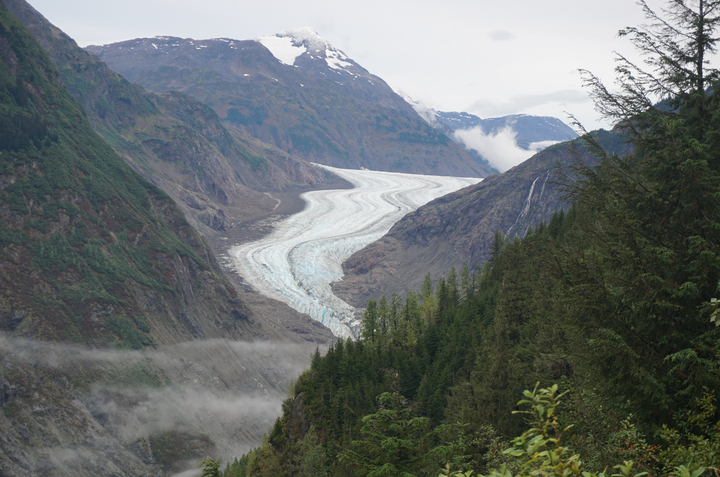The secret life of sculpin — a tiny fish that helps scientists monitor mines
Behold, the slimy sculpin.
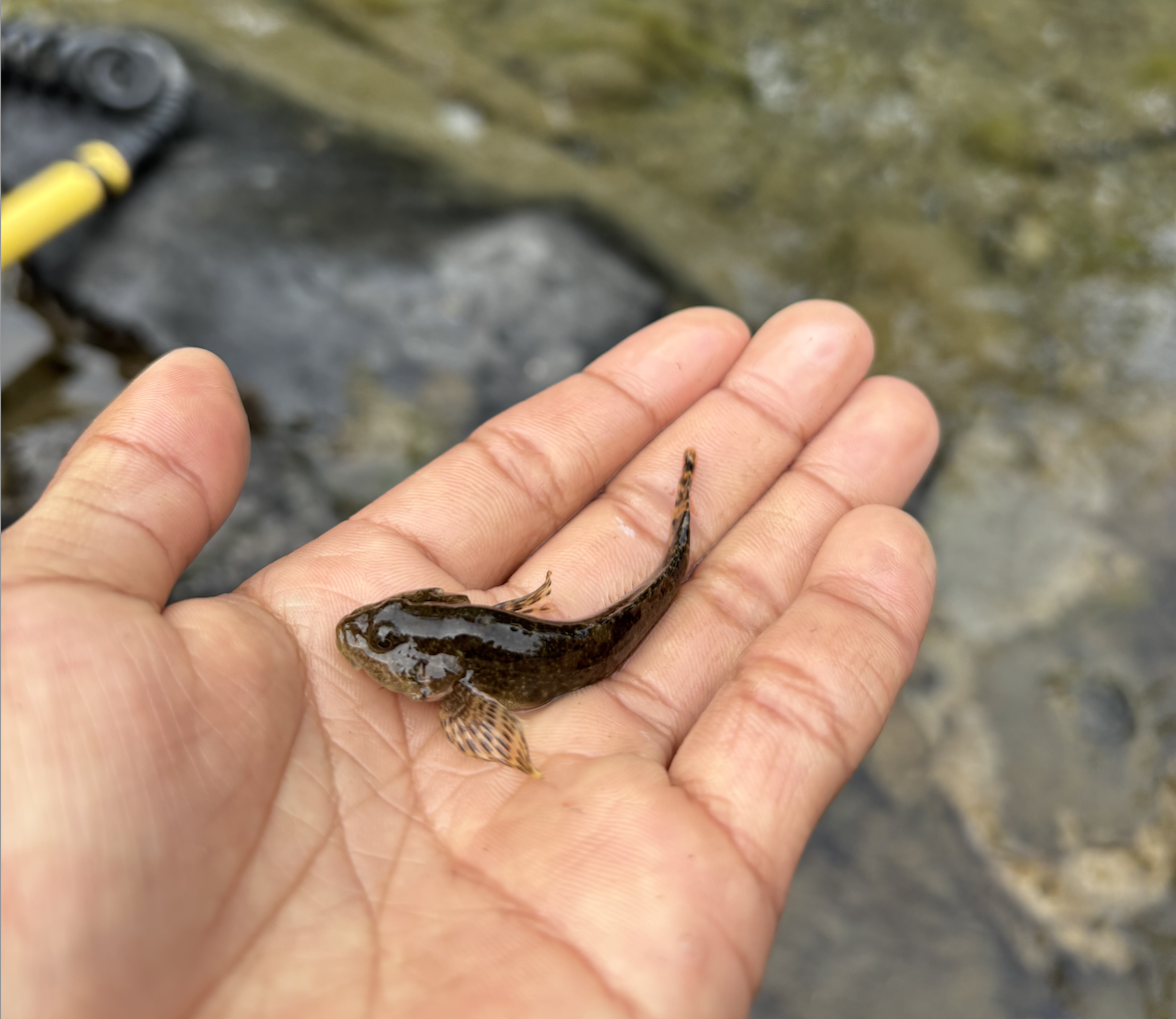
From the publisher: Northern Journal is back! Summer diversions have finished and we're back to story production mode. Today, we've got a piece (somewhat at my expense) from mining correspondent Max Graham. We've also just posted a new podcast episode, from behind the scenes at last week's Trump-Putin summit in Anchorage. Listen here.
As a reminder, Northern Journal runs on reader support. If you're not a member, consider subscribing. If you're already a member, thank you.
When I told my editor, a year ago, that dozens of fish had turned up dead near the Kensington gold mine north of Juneau, he immediately wanted to know: What kind of fish?
Just one or two pink salmon had died, I told him. Most of the fish were two other species: some trout-like Dolly Varden and numerous slimy sculpin.
“No one gives a s**t about sculpin lol,” Nat, my editor, texted me.
The point was taken.
A dozen dead king salmon? Fishermen would be in the streets of Juneau with torches and pitchforks.
Slimy sculpin? I’m not sure I’d heard of them. Certainly, none had ever appeared on my dinner plate.
We covered the fish die-off anyway — after all, 100 dead fish is 100 dead fish. But Nat’s comment got me thinking about why we value some species so much more than others. How much should we care about an animal that’s only a few inches long, barely has meat on its bones and holds approximately zero commercial, recreational, or subsistence value for humans?
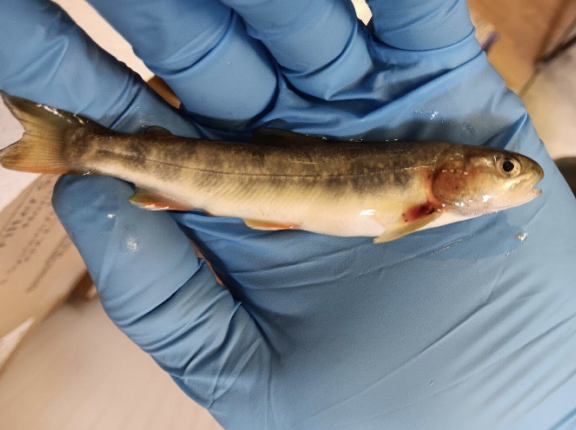
A few weeks later, I joined a team of scientists studying salmon in British Columbia’s Taku River watershed, which drains into the ocean near Juneau. Walking along a gravel bar on the Tulsequah River — a glacier-fed tributary of the Taku located just across the U.S. border — one of the researchers, Chris Sergeant, started gushing about a tiny, bottom-dwelling fish that sometimes shows up in his nets.
Sculpin, I learned, are beloved by a certain set of scientists. Particularly those, like Sergeant, who study streams near mines and other industrial projects.
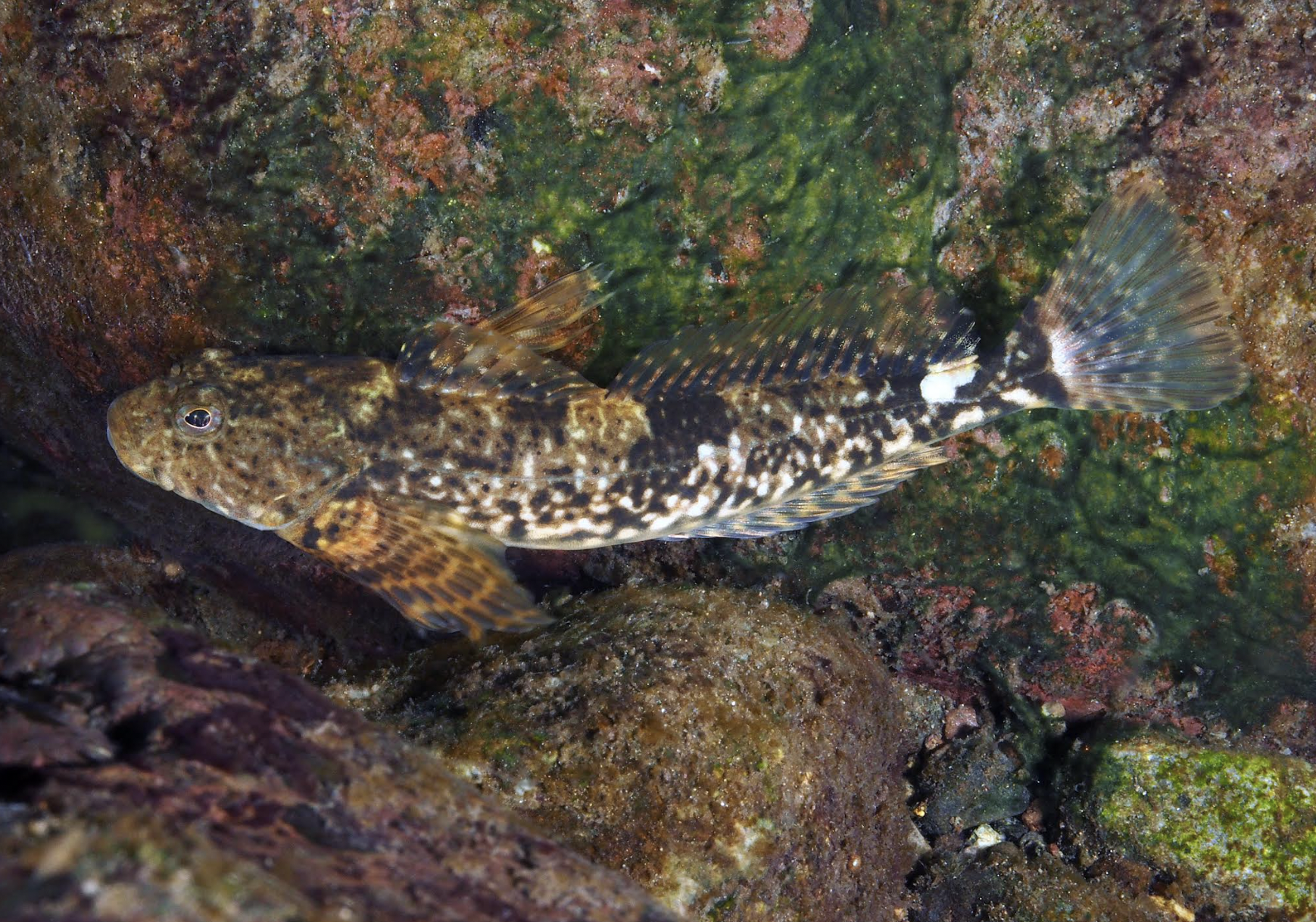
The fish, it turns out, are excellent indicators of water quality. They are, in science-speak, a “sentinel species,” helping detect pollution.
Though their fanbase hasn’t expanded into the mainstream — Swifties still far outnumber sculpinites, I’m afraid — their popularity among scientists reflects a stark turnaround. Decades ago, sculpin were (rather unfairly) blamed for salmon declines by eating eggs and juveniles.
“Sculpin,” Sergeant told me, “are just cool fish.”
“They are underrated. They are badasses,” he said.
Freshwater sculpin are not to be confused with some much larger and better known saltwater sculpin species — like the spiky red Irish Lord, whose face only a mother could love.

Part of the scientific allure of sculpin is that they’re ubiquitous and mysterious at the same time.
They are among the most common freshwater fish in Alaska, yet “most people don’t notice them,” said Chelsea Clawson, a Fairbanks-based habitat biologist with the Alaska Department of Fish and Game.
Other fish in Alaska’s rivers roam widely. But slimy sculpin — one of three freshwater sculpin species in the state — have very small home ranges, often moving less than a kilometer in either direction from where they’re born.
“So their tissue chemistry — the metals they have in them — are very representative of that site,” Sergeant said.
That makes slimy sculpin “super important” for environmental monitoring near resource development projects, Sergeant added.
Sergeant’s work focuses on rivers in British Columbia, near the Alaska border. But state biologists sample sculpin all across the state, next to both existing mines and proposed ones. The results shed light on the effects of operations on nearby rivers, and help researchers establish baselines before new projects are built.
In some streams in the Brooks Range — close to mining prospects at the end of the proposed 210-mile Ambler Road — sculpin are pretty much the only fish sampled by Clawson, the state biologist.
Given their abundance, sculpin “can play an integral role in the ecosystem, both as a predator and as a prey,” said Roger Tabor, a longtime Washington state-based fish biologist and sculpin fan. They eat tiny insects and fish eggs, and they’re preyed upon by larger fish and birds.
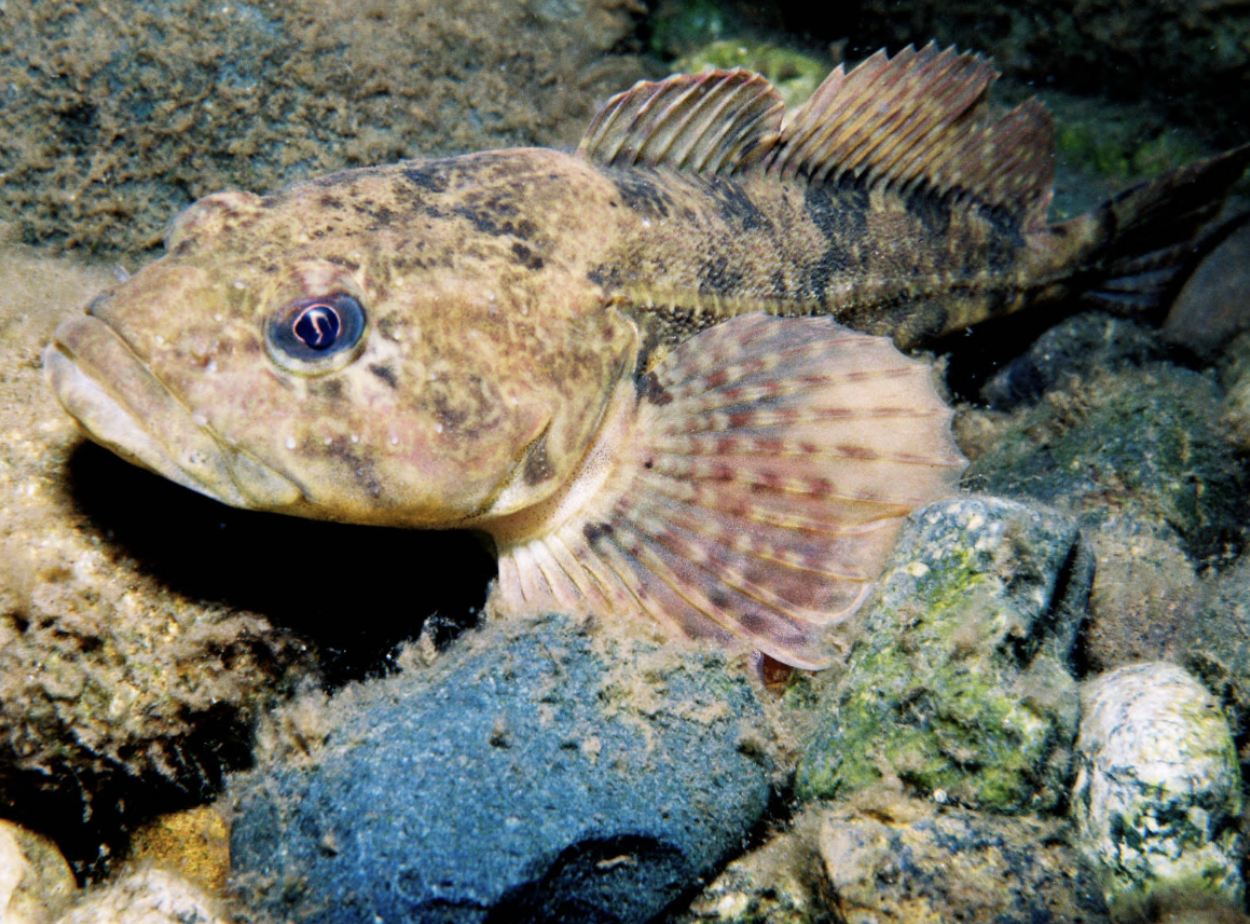
One of the more admirable traits of slimy sculpin, one scientist told me, is that they’re the only freshwater fish in Alaska known to show parental care.
Males dig little caverns beneath rocks. Then, females release eggs in the caverns, and the males fertilize and guard the eggs until their young hatch, said J. Andrés López, a biology professor at the University of Alaska Fairbanks and curator of fishes at the Museum of the North.
By contrast, salmon die after spawning, leaving fertilized eggs unattended. Grayling simply swim off.
You also probably wouldn’t want to plop a grayling or salmon into your little fish tank.
Sculpin, though? They make “neat pets,” López said. “They look almost like fish-tank puppies.”
López knows from experience: His students used to keep a cold-water fish tank with sculpin and other native fish.
“If you’re anthropomorphizing fish,” he added, “sculpin seem a bit more accessible than your standard trout.”
Nat might have been justified last year in dismissing people’s concern for sculpin. But now I am sold on the value of the humble creature — and maybe you will be, too. At least you now know what kind of pet to get Nat for his next birthday.




